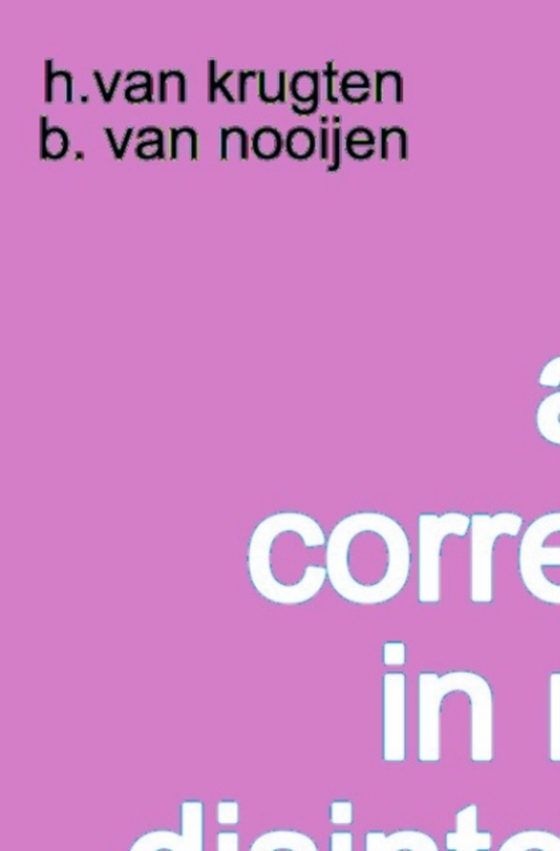
Angular Correlations in Nuclear Disintegration e-bog
692,63 DKK
(inkl. moms 865,79 DKK)
In 1969 we feit that the subject of angular correlations in nuclear disintegrat- ion had received little special attention at international conferences. It is true that perturbed angular correlations had been discussed at a smalI, highly - specialised meeting at Uppsala in 1963 and that in 1967 certain aspects of perturbed angular correlations had been considered at a conference on hyperfine st...
E-bog
692,63 DKK
Forlag
Springer
Udgivet
6 december 2012
Genrer
THK
Sprog
English
Format
pdf
Beskyttelse
LCP
ISBN
9789401177313
In 1969 we feit that the subject of angular correlations in nuclear disintegrat- ion had received little special attention at international conferences. It is true that perturbed angular correlations had been discussed at a smalI, highly - specialised meeting at Uppsala in 1963 and that in 1967 certain aspects of perturbed angular correlations had been considered at a conference on hyperfine structure at Asilomar. However, both conferences were very limited in scope from the point of view of a low - energy nuclear physicist. Besides, since these conferences were being held, the field of perturbed ?ngular correlations had received new impetus from the still ex- panding application of the implantation of radioactive isotopes in suitable environ- ments, from the construction of large superconductive magnets, etc. Meanwhile, the technique of measuring correlations between beta particles and circularly polarized gamma rays had been developed to such a degree that they lent themselves to the in- vestigation of beta decay, nuclear structure and charge dependence of nuclear forces. The systematic study of heavy elements had increased the import an ce of alpha-gamma angular correlations which present their own specific problems. Theoretical internal conversion data had become available to such an extent that electron -gamma direct- ional correlations became an important tool in the investigation of nuclear structure: in a large number of cases it is more advantageous to study electron -gamma corre- lations instead of the commonly measured gamma -gamma directional correlations.
 Dansk
Dansk

